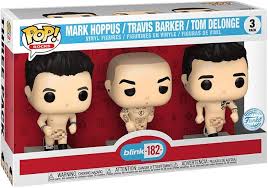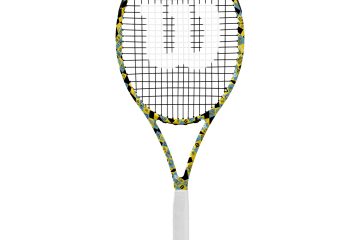The Rise of Pop Mart in the Designer Toy Industry

Introduction to Pop Mart
Pop Mart, founded in 2010 in Beijing, China, has rapidly become a significant player in the global designer toy market. With its distinctive approach to art toys, Pop Mart has captivated a wide audience, combining fun and art in unique collectible forms. The brand’s relevance extends beyond mere toys; it represents a merging of contemporary art with consumer culture, appealing to both collectors and casual buyers alike.
Innovation and Design
Pop Mart has earned acclaim for its innovative designs and collaborations with talented artists. The company produces a wide array of collections, including the popular ‘Molly’ series, which features a cute character with various themed outfits and accessories. This collection’s success is attributed to its regular releases and limited editions, creating a sense of urgency and excitement among collectors. Additionally, Pop Mart often collaborates with artists to develop special editions, thereby infusing fresh creativity into each launch.
Recent Growth and Developments
In recent months, Pop Mart has seen substantial growth, particularly during the pandemic when people turned to hobbies and collectibles. The company’s sales surged, with reports indicating a year-on-year increase of 81% in revenue for the first half of 2023. The company has also expanded its international presence, with retail stores now located in major cities worldwide including Los Angeles, Paris, and Tokyo, allowing them to tap into new markets and reach diverse customer bases.
Moreover, the launch of their official app has proven instrumental in enhancing customer engagement. The app not only serves as a shopping platform but also provides collectors with a community where they can share their collections and experiences, thus fostering brand loyalty and excitement.
Challenges and Outlook
Despite its remarkable success, Pop Mart faces challenges including market saturation and increasing competition from both established brands and new entrants in the designer toy space. However, the company continues to innovate, emphasizing sustainability and exploring environmentally friendly materials for future toy production.
Looking ahead, Pop Mart is expected to expand its product lines further, possibly exploring themed collabs with popular franchises beyond the artistic scope. This could include collaborations with film or gaming industries, broadening its appeal.
Conclusion
In conclusion, Pop Mart is not just a toy company; it is a cultural phenomenon that has transformed how people perceive collectibles. As it continues to grow, its impact on the designer toy market is undeniable, making it a brand worth watching in the future. For collectors and fans alike, the evolving landscape of Pop Mart offers exciting opportunities and a glimpse into the fusion of art and commerce.









